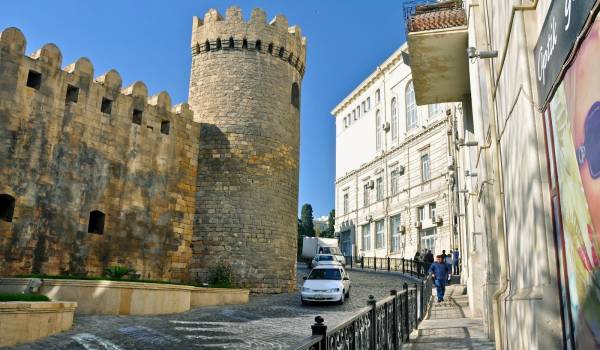
History of Baku
There are different views on the origin of the Gusar toponym. The word Gusar is also found in A.Bakikhanov's work "Gulustani-Iram".
Gusar is mentioned in reference to the events of 1602. Scientists' research, items found during archeological excavations, and some ancient monuments and mounds still suggest that Gusar is an ancient settlement. It is thought Gusar existed from the second millennium BC.
There are several historical monuments in the district. Remains of XIII century castle walls in Anig village, the tomb of Ardebil sheik Junaid in the village of Khazra, XVIII century Old Khudat, Xuray, XIX century Gunduzqala and Hasangala village mosques are some of the oldest preserved historical monuments.
The ancient village of Anik (Anikh or Enikh) is located 27 km south-west of the district center, on the right bank of Gusarchay. They have been building luxurious and magnificent houses from ancient times. The Mahalin Tachi Mosque in the middle of the village is known for its similarity to the Taj-Mahalla in India. It is said that it was ordered by a man who had been in India and seen the Taj Mahal and therefore wanted to see this in his homeland.
Although it is assumed that the mosque, built of raw bricks, is 300 years old. On the board of the building, it is written that it was built in the 19th century. The patterns on the walls of the mosque are remarkable, and the ornaments still retain their bright colors. It is believed that the secret lies in the colors of natural, floral components used by artists.